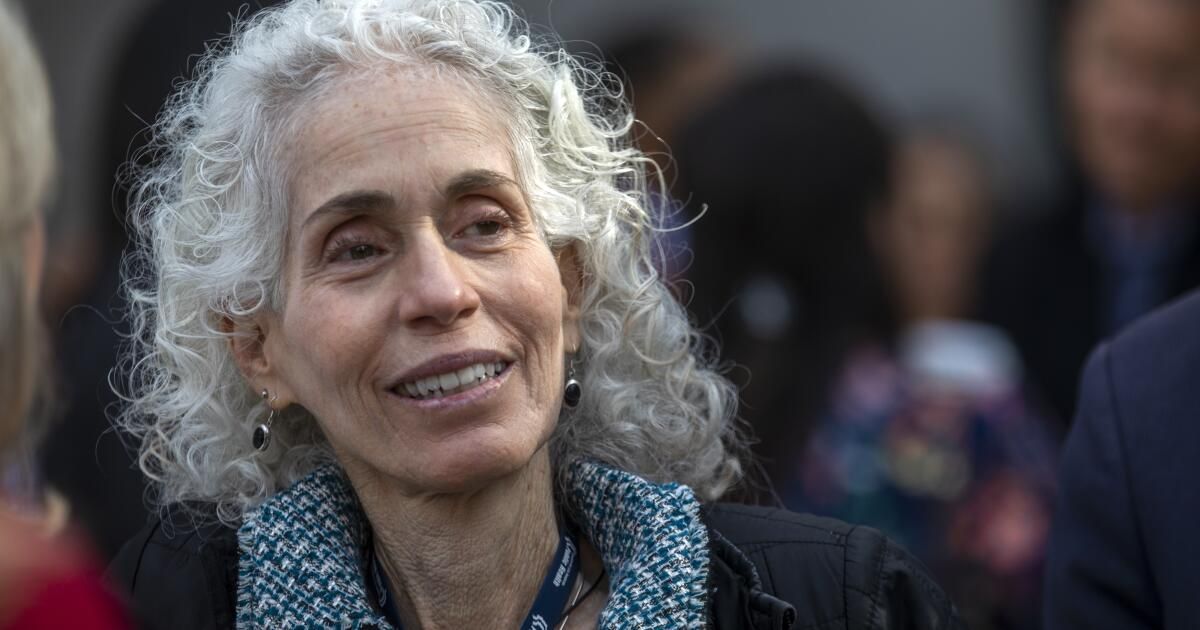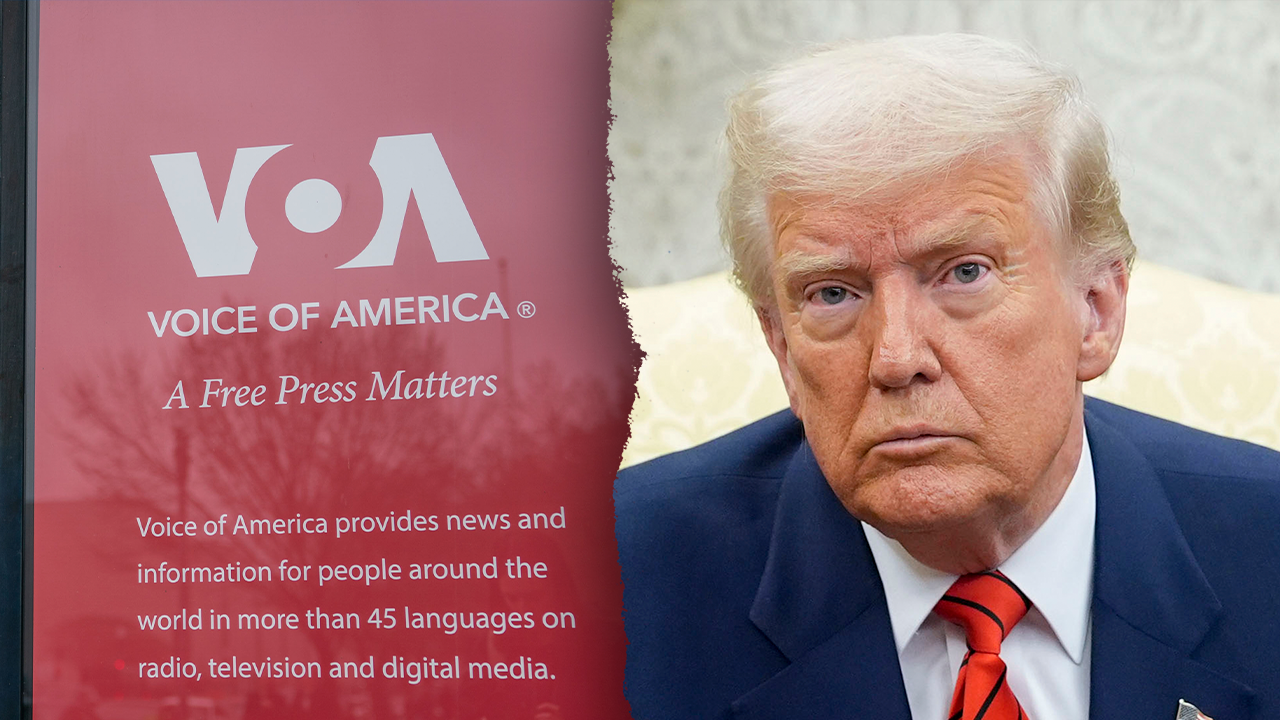Los Angeles County is moving forward with a pilot program to alleviate medical debt for struggling residents, setting aside $5 million for a planned settlement with a national nonprofit that buys and erases such debts.
County supervisors voted Tuesday to allocate money for a county settlement with Undue Medical Debt to carry out the new program. The effort is expected to launch later this year, focusing on debt stemming from hospital care and targeting the “lowest-income residents” of Los Angeles County.
“No one should be dragged into poverty because they got sick,” Supervisor Janice Hahn, who introduced the proposal along with Supervisor Holly Mitchell, said in a statement.
“But medical debt remains a huge problem in this country and can be devastating for families and their financial well-being. Luckily for us, we have the opportunity to make a difference.”
Hospitals that have unpaid bills can bundle and sell the debt at a discount to collection agencies trying to recover the money owed for a profit. Undue Medical Debt, on the other hand, purchases the debt at a discount and forgives it. The nonprofit said it can eliminate an average of $100 in debt for every dollar donated.
“Five million dollars can really go a long way,” said its vice president of communications and marketing, Daniel Lempert. County officials estimated that amount could eliminate $500 million of debt for 150,000 residents.
Across the country, Undue Medical Debt has partnered with local governments such as Cook County, Illinois, and Toledo, Ohio. to finance such efforts. Lempert said that under such arrangements, the nonprofit typically contacts local hospitals and other health care providers to identify and purchase medical debt affecting financially troubled patients, and then the local government reimburses them for the cost of the debts. that affect its residents.
Under its financial hardship guidelines, Undue Medical Debt works to relieve debt for people in households who earn no more than four times the federal poverty level (an estimate that equals $124,800 this year for a family of four) or whose debt medical amounts to 5%. or more of your income.
Los Angeles County is still determining who will be eligible for its pilot program, but its overall goal is to reach “our lowest-income residents and the working poor who have catastrophic amounts of medical debt,” said Dr. Naman Shah, director of the medical and dental affairs division of Los Angeles County Public Health.
Los Angeles County's pilot program will specifically focus on medical debt for hospital care, Shah said. Local residents cannot directly request cancellation of their medical debt, but they will be informed if improper medical debt has eliminated some or all of their unpaid debt.
“You'll get a letter out of the blue saying, 'Debts X, Y, or Z have been forgiven. You no longer owe them. Keep this as a receipt,'” Lempert said.
In Los Angeles County, public health officials have estimated that medical debt will reach more than $2.9 billion in 2022, burdening 1 in 10 adults in the county, more than asthma, according to the public health department. More than half of those who said they were burdened by medical debt had taken on credit card debt to pay medical bills, their analysis found.
The problem has persisted even as more Los Angeles County residents gained insurance coverage, underscoring the need for a targeted approach, the public health department said.
County officials estimated earlier this year that eliminating nearly $3 billion in medical debt for Los Angeles County residents through a middleman would cost $24 million. Other municipalities have tapped American Rescue Plan Act funds for such debt relief, but Los Angeles County had “fully allocated” that money in January, according to a staff report.
The public health department said it planned to use $5 million in one-time county funds for the pilot program, which it said would be rolled out in phases, starting with “the most vulnerable residents.” Shah said his hope was to raise enough additional money so he wouldn't have to prioritize which struggling residents to help.
A study published earlier this year raised questions about the effectiveness of purchasing medical debt: A National Bureau of Economic Research working paper that examined medical debt relief for more than 83,000 people between 2018 and 2020 concluded that it had no no effect, on average, on finances. distress or mental health. The research was conducted in partnership with Undue Medical Debt, then known as RIP Medical Debt.
Despite the “disappointing results,” the researchers wrote, “there is still a possibility that targeted medical debt relief in more advanced areas or in different populations could generate significant benefits.” Neale Mahoney, an economics professor at Stanford University, said the cheapest debt to buy often dates back five years or more.
At the time, “many of these people had a lot of other problems, and alleviating one of them without helping… all the other financial problems they had was not enough to change things,” he said. One solution is to “act more up front” and provide debt relief sooner, “before people are too affected by the debt collection process.”
Mahoney praised the nonprofit's response and said it was “taking the study seriously.” Wrongful Medical Debt President Allison Sesso said in April that it had already made changes since the period covered by the study, including purchasing medical debt directly from hospitals before it reaches debt buyers or collection agencies.
Sesso also said his group was “collaborating with local governments across the country to focus debt elimination in a specific locality to deepen our impact.”
Focusing those efforts on a specific area increases the chances that multiple debts can be eliminated for an individual patient, Lempert said.
Shah added that the study did not show what would happen if debt relief were carried out alongside other prevention measures. In Los Angeles County, “there is a broader agenda on medical debt, of which this is just a part.”
Under a broader plan to combat medical debt in Los Angeles County, the public health department also wants to collect data on how hospitals collect debt and help patients in trouble, create an online portal to apply for financial help and expand legal assistance services, among other proposals. Steps.
Public Health Department Director Barbara Ferrer told county supervisors Tuesday that her goal is to stop medical debt “at the source” before it starts piling up for Los Angeles County residents.
“We don't want to come back to you five years from now trying to pay off medical debt again,” Ferrer said.












